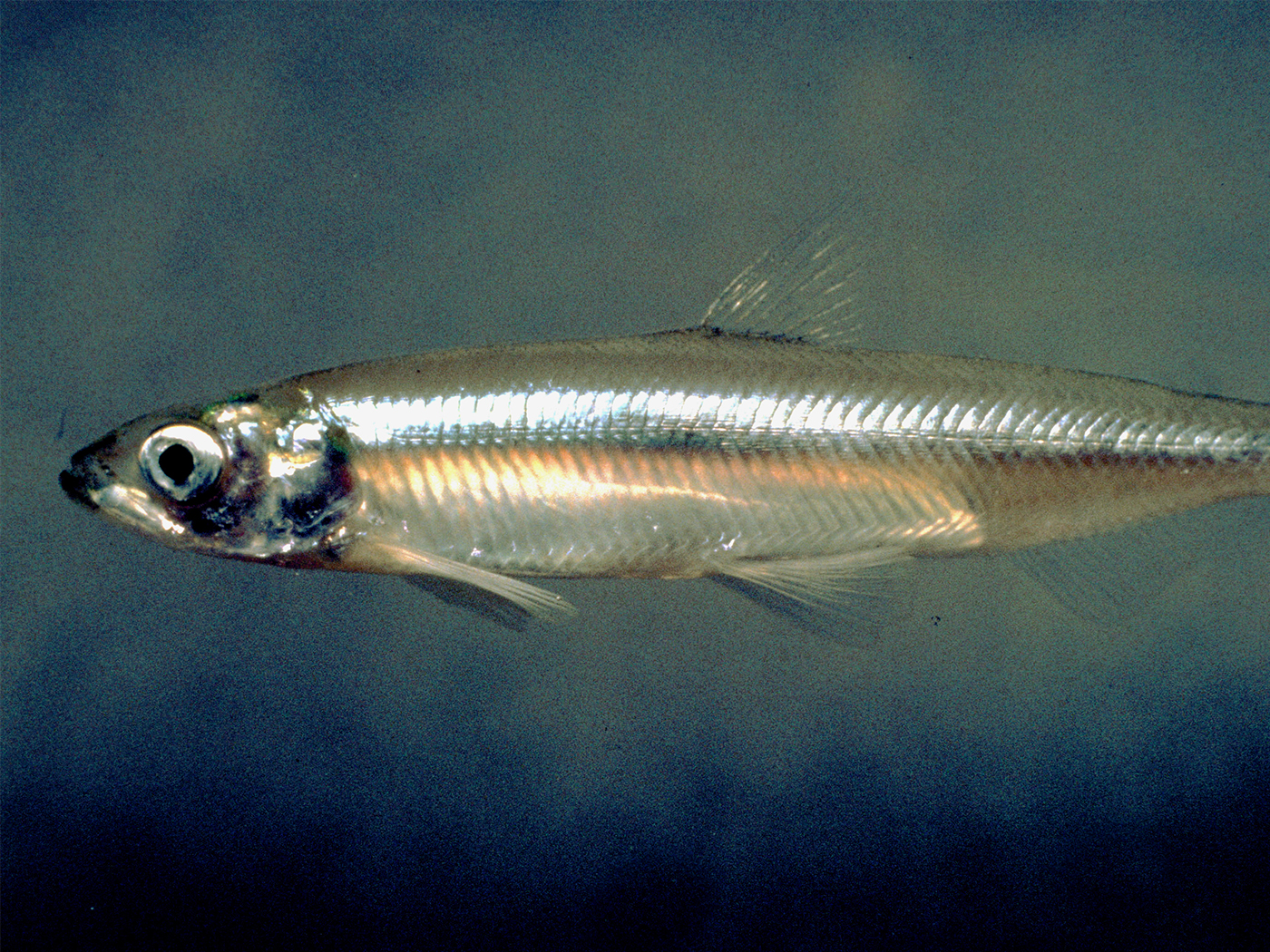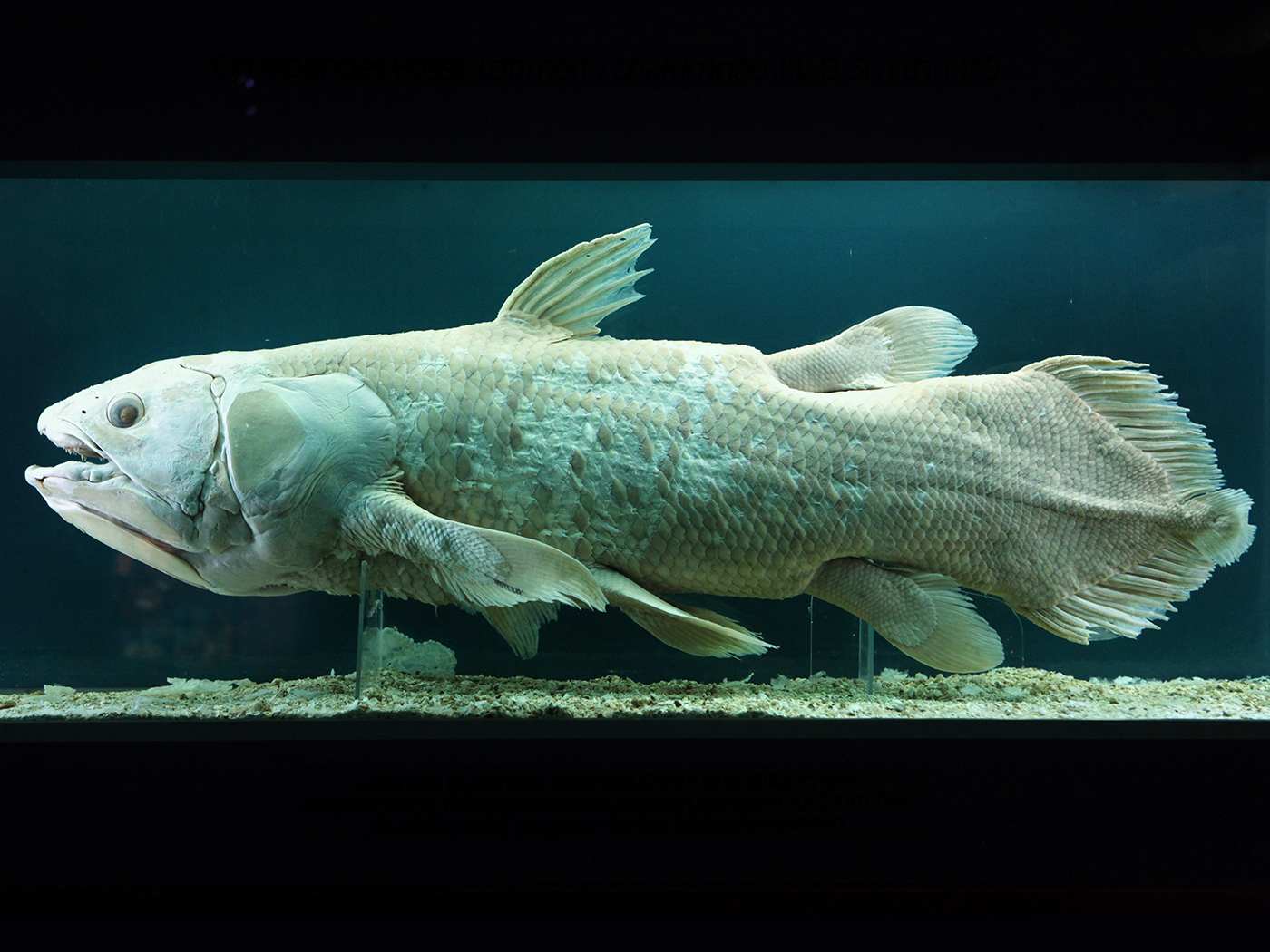“Christ is risen! He is risen indeed!” For centuries, Christians have used this greeting to celebrate Resurrection Day, better known as Easter.1 Ironically, there are two birds that can remind us of the historicity and importance of Christ’s rising from the dead, three days after His death and burial.
CHICKENS
Amazingly, the Lord Jesus once compared His own willingness and ability to care and protect humans to that of a chicken—specifically, a mother hen—who uses her own body to protectively care for her own hatchling baby chicks.2 How good it is to belong to the Lord Jesus Christ forever! When He offers to take us in and protect us, we should be eager and grateful to accept His care and security.
But we more closely associate a male chicken (rooster) with the arrest, trials, torture, and sacrificial death of Jesus Christ.
Readers might have already guessed that male chickens are associated with Christ’s death, burial, and resurrection because of the rooster who crowed after Peter ignominiously denied the Lord Jesus, thrice, in fulfillment of Christ’s prophecy.3 In fact, this incident is so important that it is reported by all four gospel writers.3
For example, Mark reports this disappointing failure of Peter, involving the tattletale fowl, a sad chapter in the life of the usually bold apostle: Peter’s triple failure to stand up for Christ, as predicted by Christ Himself. This display of Peter’s imperfect courage and loyalty (even though his inward belief never failed) is linked to the twice-crowing of a rooster.
What a sad note to end with! Except, as proven three days later, that wasn’t really the end.5
MAGPIES
Most people are unlikely to guess that magpies—such as the Australian magpie (Cracticus tibicen6)—can be associated with Christ’s death, burial, and resurrection. How so?
The most famous variety of this “butcherbird,” formerly called the “piping shrike” or “white-backed crow shrike,” is now called the white-backed magpie (Cracticus tibicen telonocua). But many call it the Australian magpie because it appears on the official state flag of South Australia.
Whatever you want to call it, it is famous for its flute-like call, entertaining with a complex repertoire of vocalizations. The black-and-white opportunist has habituated to human-dominated habitats, such as the agricultural fields of farms, gardens, and even wooded parklands.6
The Australian magpie is not timid. It will defend its territory against raptors trespassing therein, such as brown goshawks. The Australian magpie is not a picky eater. Its diet includes both plants and animals. Its preferred diet, however, is dominated by a variety of larval and adult invertebrates, such as insects (like ants, moths, beetles, bees, wasps, cockroaches) and arachnids (like spiders and stinger-wielding scorpions!), as well as earthworms and millipedes. The Australian magpie is also known to eat some small vertebrates, such as mice, skinks, frogs, and toads.6
Some compare the problem-solving resourcefulness and the brash cockiness of this bird to the national reputation displayed by many Aussie ex-patriots.
The Australian magpie is quite a clever problem-solver. It has been observed breaking off the stingers of bees and wasps before swallowing such dangerous bugs!7
By now you’ve likely guessed why this bird reminds us of Resurrection Day—the Australian magpie’s power to neutralize a dangerous stinger.
But insect or arachnid stingers are nothing compared to the powerful sting of death. Yet, Christ’s bodily resurrection on the third day defeated death’s “stinger.”
Hallelujah! Christ is risen! He is risen indeed!
References
1. Morris, H. M. 2006. Christ Is Risen. Days of Praise. Posted on ICR.org April 16, 2006, accessed April 7, 2020.
2. Matthew 23:37; Luke 13:34. Cansdale, G. S. 1976. All the Animals of the Bible Lands. Grand Rapids, MI: Zondervan Publishing House, 163-165.
3. Matthew 26:34, 26:74-75; Mark 14:30, 14:68-72; Luke 22:34, 22:60-61; John 13:38, 18:27.
4. Mark 14:72.
5. Matthew 12:39-40; 1 Corinthians 15:1-4; Romans 10:9; Psalm 16:9-10.
6. Taxonomists have also labeled the Australian Magpie as the Australian Magpie Gymnorhina tibicen (meaning “trumpeting bare-nose”). Regarding the physical and behavioral traits of the Australian Magpie, see Veltman, C. J., and R. E. Hickson. 1989. Predation by Australian Magpies (Gymnorhina tibicen) on Pasture Invertebrates: Are Non-territorial Birds Less Successful? Australian Journal of Ecology. 14(3): 319-326; Cake, M., A. Black, L. Joseph. 2018. The Generic Taxonomy of the Australian Magpie and Australo-Papuan Butcherbirds Is Not All Black and White. Bulletin of the British Ornithologists’ Club. 138(4): 346-359; Brown, E. D., and C. J. Veltman. 1987. Ethnogram of the Australian Magpie (Gymnorhina tibicen) in Comparison to Other Cracticidae and Corvus Species. Ethology (International Journal of Behavioural Biology). 76(4): 309-333. This author also appreciatively thanks Fiona Smith, M.C.Ed.—ICR SOBA graduate and Australian creation science educator/author—for her help with research and perspectives on Australian magpies.
7. Dr. Amy L. Adams notes: “Magpies will walk along the ground searching for food by overturning debris or probing their bills into the dirt. They eat insects, larvae and other invertebrates. Magpies are known to remove the stingers of wasps and bees before eating them.” Adams, A. 2016. Gymnorhina tibicen Australian Magpie. Museums Victoria Collections. Posted on collections.museumvictoria.com, accessed April 7, 2020.
8. 1 Corinthians 15:53-57, quoting Messianic prophecy in Hosea 13:14.
*Dr. Johnson is Associate Professor of Apologetics and Chief Academic Officer at the Institute for Creation Research.







